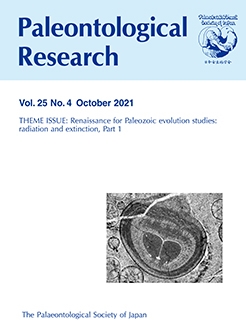A critical review of putative nonmarine mass extinctions associated with the so-called “Big 5 mass extinctions” of marine invertebrates (Late Ordovician, Late Devonian, end Permian, end Triassic and end Cretaceous) as well as a likely sixth mass extinction in the marine realm, the end-Guadalupian extinction, reveals little evidence of coeval marine and nonmarine mass extinctions. Little lived on land during the Ordovician other than a bryophyte-like flora that appears to have been diversifying, not going extinct, during the Late Ordovician. No case can be made for mass extinctions on land coeval with the marine extinctions of the Late Devonian-land plant diversity increased into the Carboniferous, and the tetrapod fossil record is inadequate to identify any mass extinctions. A case can be made for coeval plant/tetrapod extinctions and the end-Guadalupian marine extinctions, so this may be the first coeval marine-nonmarine mass extinction. However, problems of timing and questions about the extent of the nonmarine late/end-Guadalupian extinctions indicate that further research is needed. There were no mass extinctions of land plants, insects or tetrapods across the Permo–Triassic boundary. The Late Triassic was a time of low origination and high extinction rates on land and in the seas; there was no single end-Triassic mass extinction in either realm. The end-Cretaceous provides the strongest case for coeval land–sea mass extinctions, but there is no mass extinction of land plants, evidence of insect extinction is based on assumption-laden analyses of proxies for insect diversity and the tetrapod extinction was very selective. So, whether the nonmarine extinction at the end of the Cretaceous was a mass extinction is worth questioning. Part of the inability to identify nonmarine mass extinctions stems from taphonomic megabiases due to the relatively poor quality and uneven sampling of the nonmarine fossil record. Extinction resistance and resilience of terrestrial organisms is also a likely factor in the dearth of nonmarine mass extinctions, and this merits further investigation.
How to translate text using browser tools
1 October 2021
Nonmarine Mass Extinctions
Spencer G. Lucas
ACCESS THE FULL ARTICLE

Paleontological Research
Vol. 25 • No. 4
October 2021
Vol. 25 • No. 4
October 2021
“Big Five” mass extinctions
extinction resistance and resiliency
marine
nonmarine
taphonomic megabias




